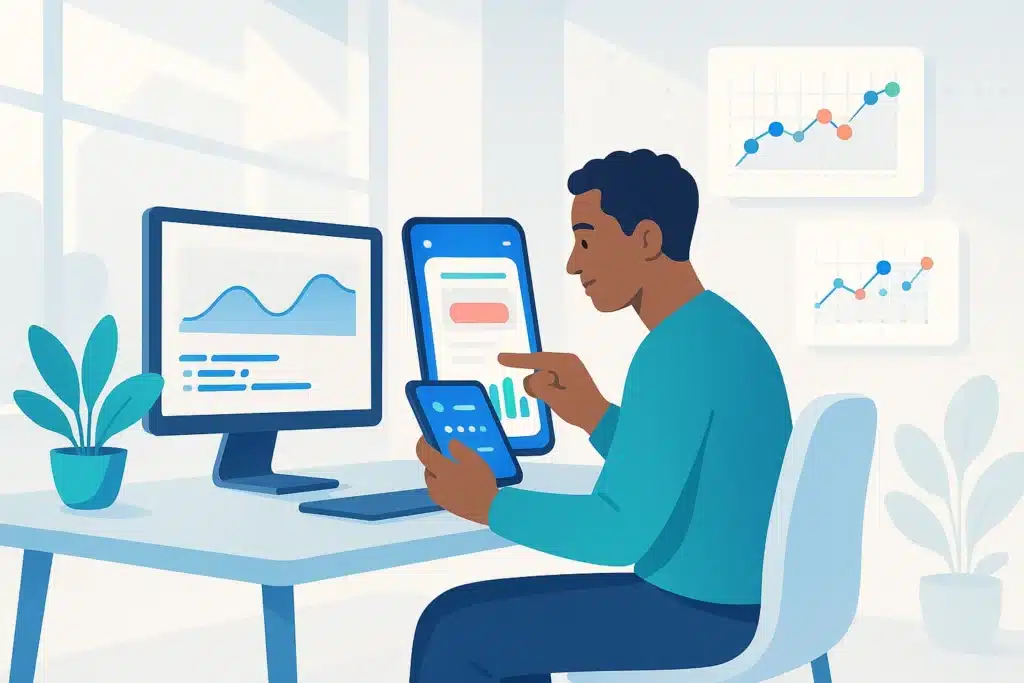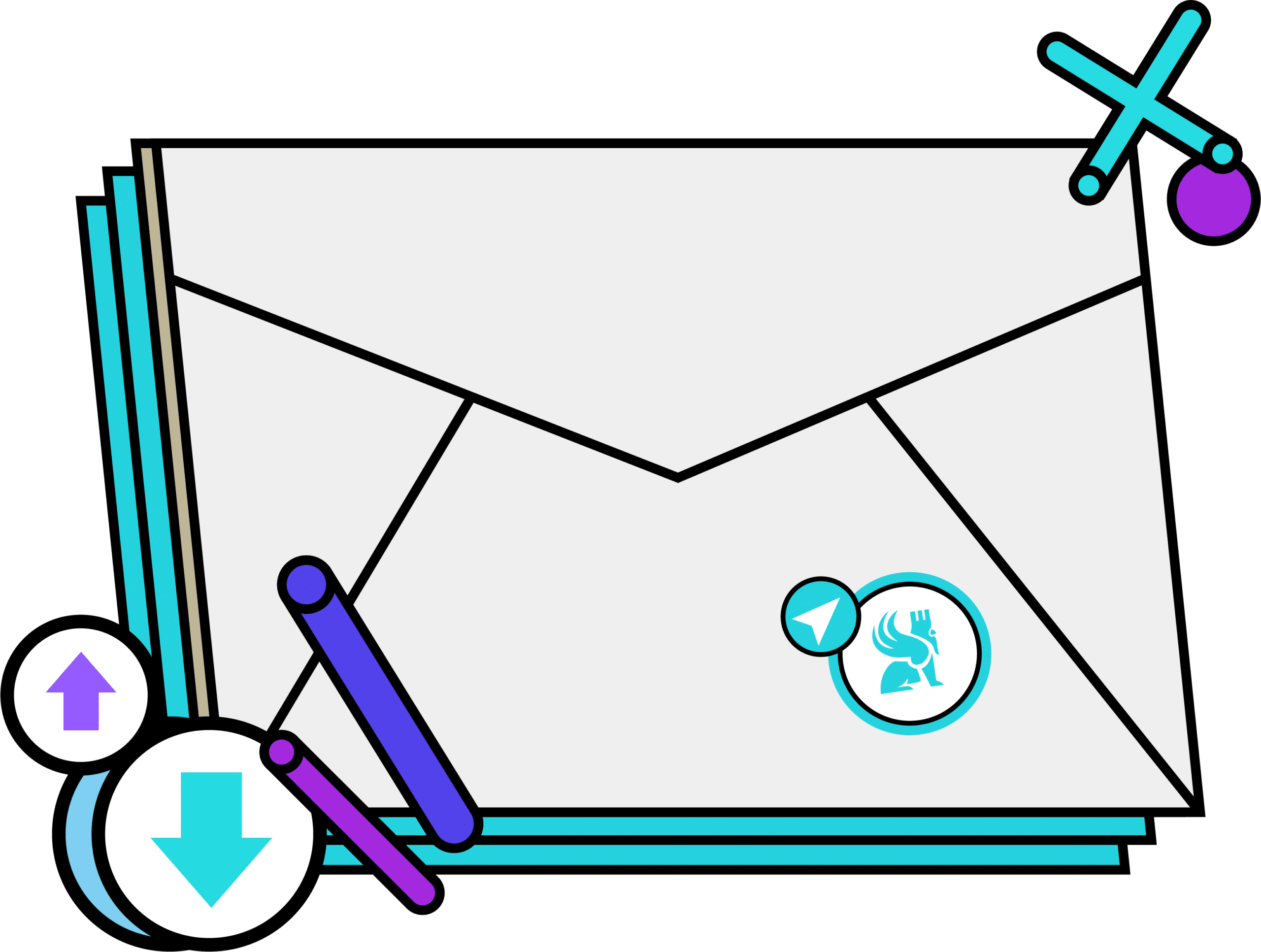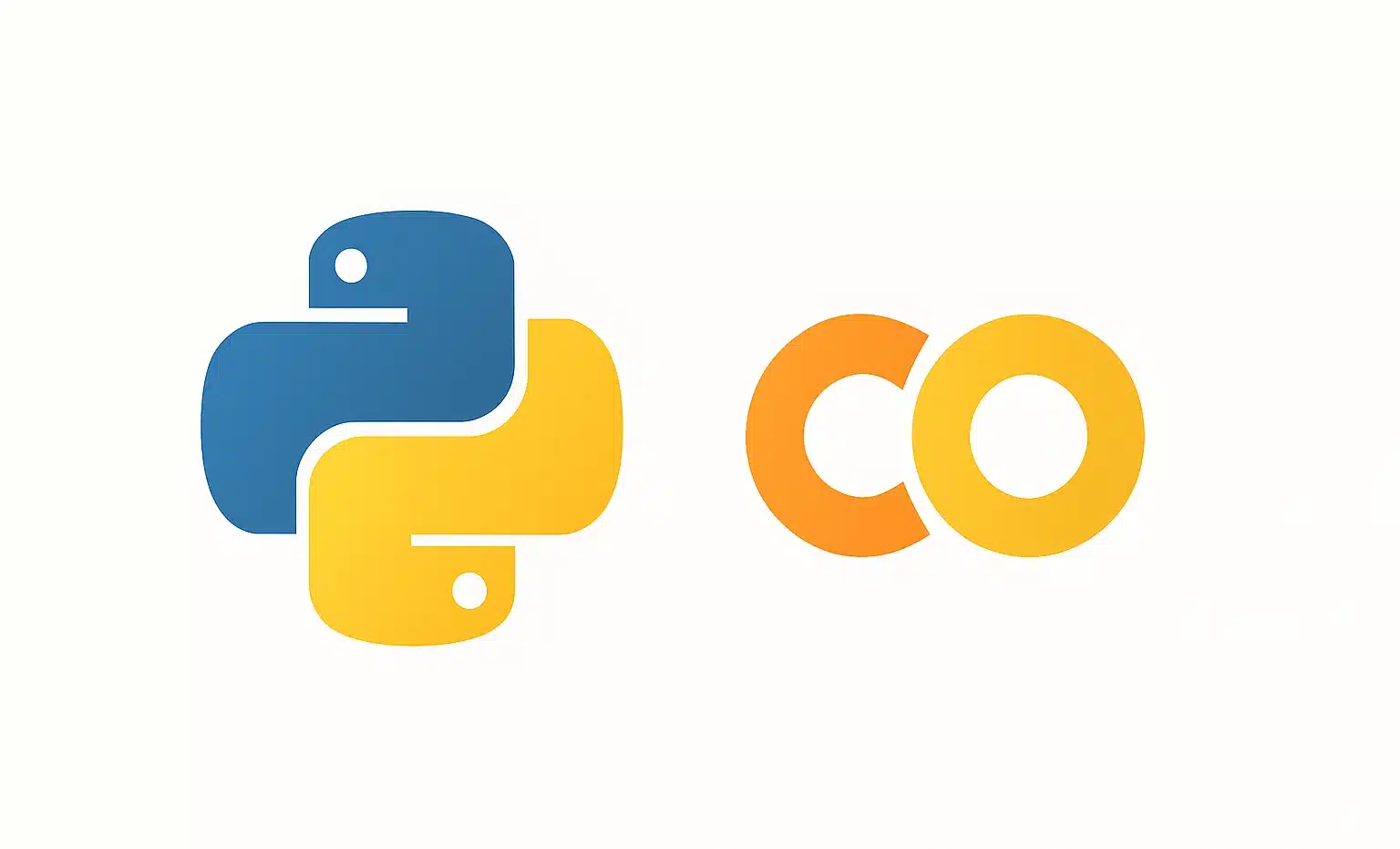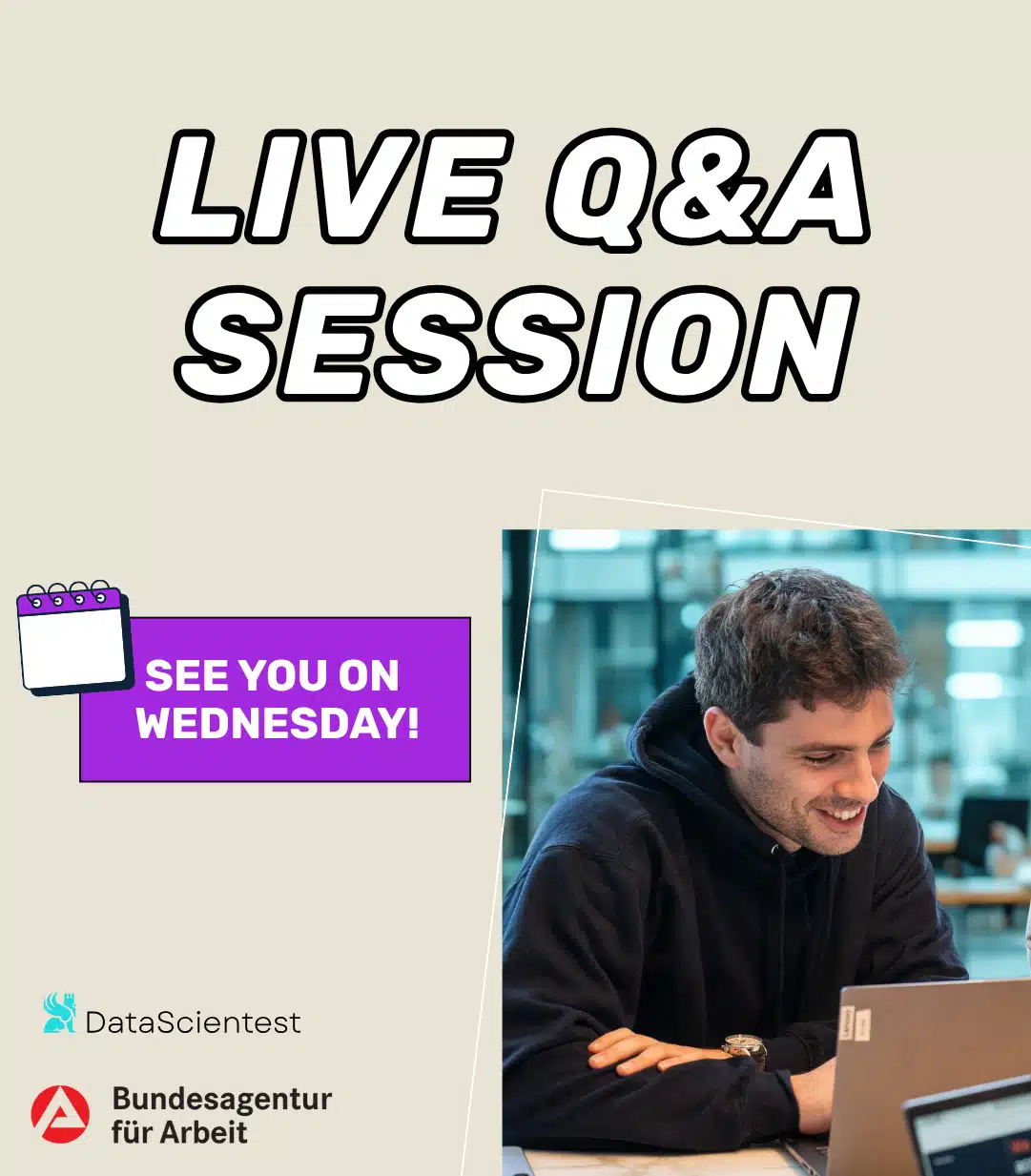No Code applications are a revolutionary approach to designing digital tools without writing a single line of code, thanks to AI and visual platforms. This method democratizes app creation for everyone, from freelancers to large corporations. Discover everything you need to know!
Historically, creating an application was akin to a daunting battle: learning to code, reliance on developers, escalating budgets, and protracted timelines. But that time is fading. Today, thanks to No Code tools, it’s feasible to design a web app, mobile app, or an automated dashboard… all without manual coding. This revolution is redefining the limits of digital creation. Entrepreneurs, marketing teams, HR departments, or students can now build custom solutions with just a few clicks.
So, how far can we go without coding? Who are the actual users of these tools? And what are the limitations to watch out for? Let’s delve into these questions.
What is a No Code application ?
A No Code application is an app that can be developed, configured, and operated without writing traditional code. This is achieved using visual platforms that function in drag-and-drop mode, employing logical blocks, integrated databases, and automated workflows. In just a few hours, you can create a booking app, an internal CRM, or even a marketplace.
However, do not confuse No Code with Low Code. The former targets non-technical profiles using 100% visual interfaces, while the latter assists developers or technicians in accelerating development with prefabricated blocks… while still allowing coding if necessary.
The term citizen developers refers to marketing, management, or product professionals who, without any technical background, create their digital tools. This is precisely where No Code excels: it doesn’t replace the developer but empowers those previously excluded from the process.
Not all No Code applications are alike. Some enable the creation of responsive web applications, others create native mobile apps, and others still automate business processes, like replacing an email chain or a paper form. It’s not just a tool but an entire expanding ecosystem redefining how we design, test, and deploy digital solutions.

A Rapid Adoption: The Numbers Speak Volumes
You might think No Code is a trend reserved for startups or freelancers. In reality, it is taking hold across all corporate levels, and the numbers back this up.
In 2024, the global market for No Code and Low Code platforms was valued at $28 billion. It is projected to reach $35.9 billion by 2025… and could soar to $187 billion by 2030. This staggering growth is driven by a simple promise: achieve faster, at a lower cost, with fewer technical hurdles. And companies have noticed. By the end of 2025, 70% of new business applications will be developed using No/Low Code tools according to Gartner. Why? Because the benefits are remarkable: up to 90% time saved on development, and up to 70% savings on software budgets.
The impact extends beyond IT alone. No Code is creating a new class of innovators: citizen developers. They don’t have programming backgrounds but still create apps to address specific needs. They already number in the millions: on average, a citizen developer creates 13 applications in their work activities. According to a study by AIMultiple, 84% of companies already utilize No Code solutions to expedite their projects and alleviate overburdened technical teams.
What Tools are Available to Create Your No Code Application?
No Code isn’t limited to one platform; it’s a universe of tools, each tailored for specific uses. Here’s a rundown of some of the most notable, whether you’re an entrepreneur, student, or managing a project within your company.
For web apps and dynamic sites, the go-to platform is Bubble. It’s used to build intricate web applications with a database, business logic, and custom design. Meanwhile, Webflow is ideal for showcase sites or elegant marketing pages, providing full design control. Also note Soft, which allows creating web portals from Airtable or Google Sheets without writing any code.
For mobile applications, Adalo facilitates creating an iOS/Android app connected to a database quickly. You can also turn a simple Google Sheet into a mobile app in a few minutes via Glide. For e-commerce or PWA-oriented apps, more robust platforms like Thunkable and GoodBarber are recommended.
In terms of automation and workflows, the most renowned is Zapier. It connects hundreds of applications together without needing code. Another option is Make (formerly Integromat), which is more visual and powerful for complex workflows. More technically inclined users may choose n8n, the open-source alternative.
No Code also extends into the realm of databases and back-office. Airtable resembles a spreadsheet-based database—visual, flexible, and highly popular. Other alternatives like Baserow and Smartsheet cater to those seeking open-source options or stringent project management.
Recently, a new AI + No Code wave has emerged. Tools like Genatron, Superinterface, and Wysteria already allow users to generate a complete app using natural language simply by describing what they envision…
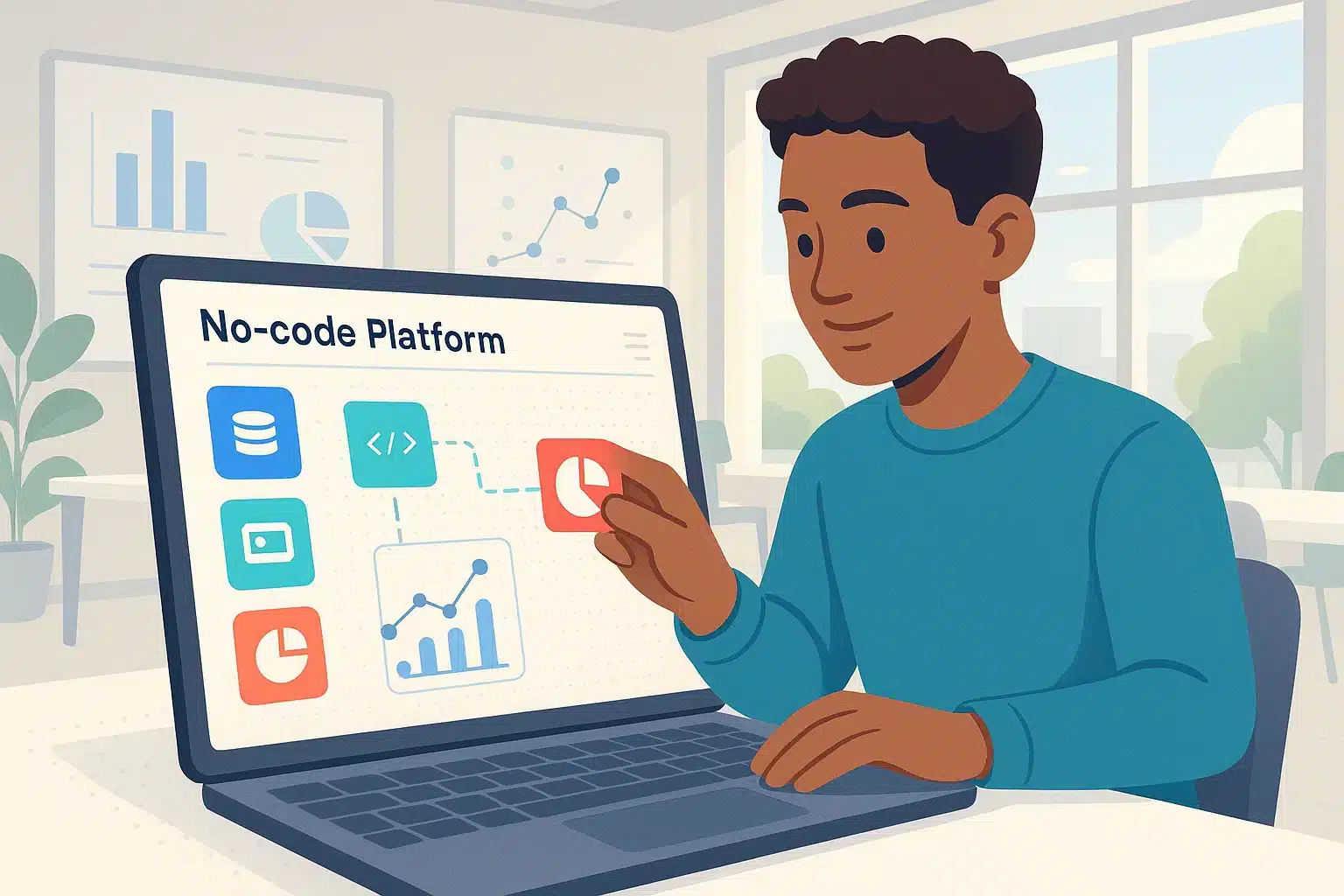
How No Code Truly Transforms
No Code signifies a radical approach to solving problems, testing ideas, and transforming processes.
Consider a simple example: an HR manager aims to automate onboarding for new hires. Previously, this would require involvement from the IT department, drafting specifications, and enduring weeks of approval processes. Today, within hours, they can design a tracking app, automate welcome emails through Zapier, and link a Typeform to an Airtable base… all without coding. That’s the true power of No Code: drastically cutting the time between an idea and its implementation.
Use cases are proliferating: launching a local marketplace with Bubble, creating an internal CRM with Glide or Softr, building a dynamic dashboard with Notion and Make, prototyping a mobile app for an event over a weekend… In business settings, this agility enables rapid testing, involves business units, and lessens dependence on overburdened IT teams. It’s also a mindset: better an imperfect yet functional solution today than a perfect one delivered in six months…
The Limits of No Code: Between Promises and Realities
Caution is warranted: although No Code dismantles numerous barriers, it doesn’t work miracles. Understanding its limits is crucial to avoid disappointing surprises.
First is scalability. No Code tools aren’t geared to handle millions of users or highly complex business logic. Beyond a certain threshold, performance can diminish, and costs can escalate.
Secondly: advanced customization. While some tools like Bubble or Webflow offer significant flexibility, you remain within a constrained environment. Adding a highly specific feature can quickly become challenging, or even impossible without resorting to a more technical solution.
Third is security and governance. When business teams create applications without IT coordination, this can lead to a phenomenon known as shadow IT. This refers to non-compliant, unmaintained, and unsecured tools. There’s also a risk of confusing “making an app” with “designing a good product”.
No Code simplifies realization but does not replace UX deliberation, user insight, or business precision. Without a method, cumbersome systems can quickly arise.
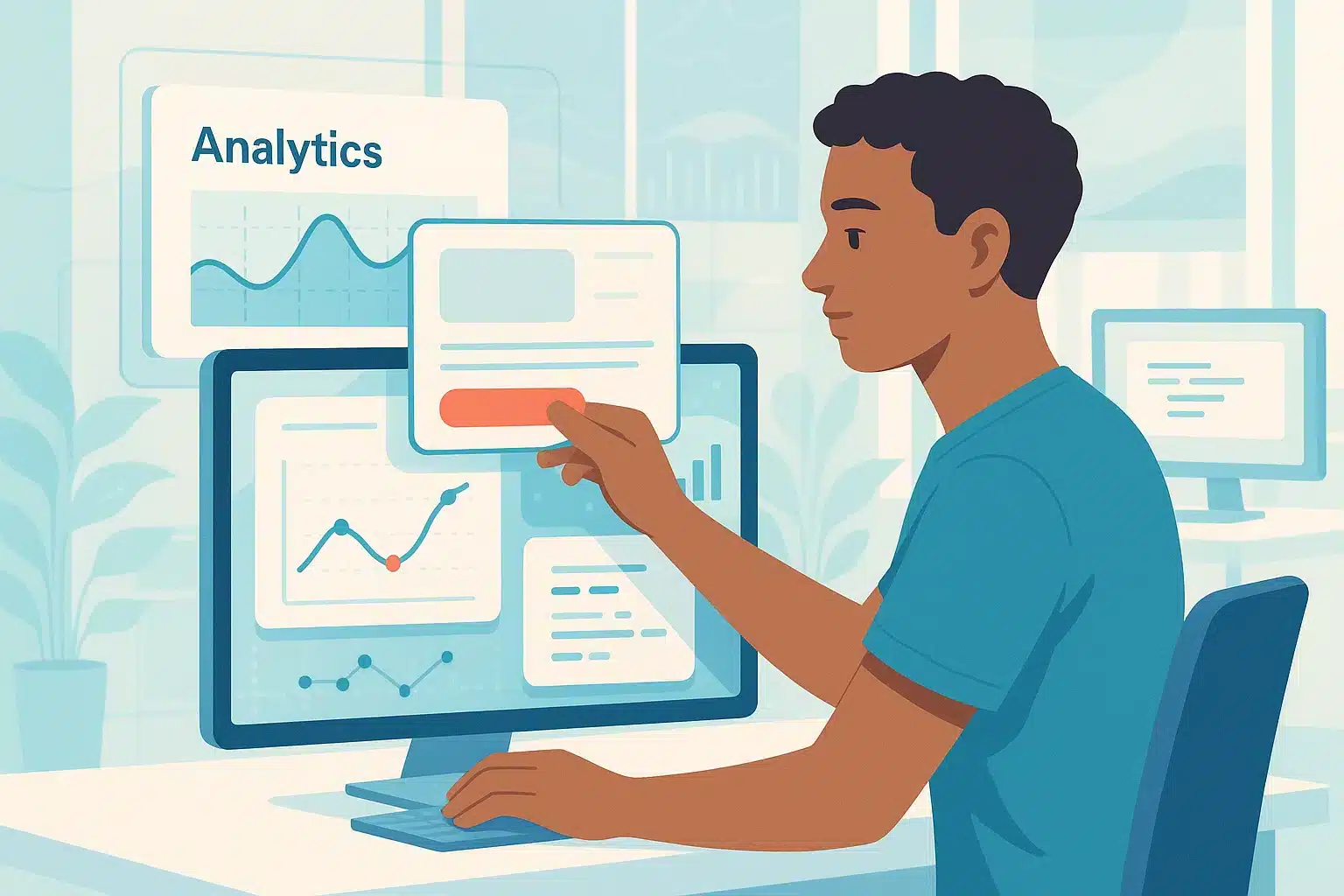
Who Can Truly Embark on This Journey?
A common misconception about No Code is that it requires no skills at all; however, different skills are needed than one might assume. There’s no need to know JavaScript or SQL. However, you must be able to structure an idea, understand user needs, think in terms of logical flows, and possess a basic product culture.
Which profiles excel? Marketers interested in automating campaigns. HR professionals digitizing procedures. Entrepreneurs launching MVPs without seeking investment. Students transforming ideas into portfolios. Increasingly, managers aim to make their teams more autonomous.
This gives rise to a new hybrid persona: the product builder. Neither solely coder nor designer nor project manager, but a blend. They know how to select the right tools, craft a fluid journey, test swiftly, and iterate even more swiftly. Beyond individuals, companies themselves are training employees in these tools, embracing a digital self-service approach.
No Code in the Age of AI: Convergence or Confusion?
No Code isn’t the only player drawing attention. Since the advent of generative artificial intelligence, a wave of hybrid tools is shaking up the scene. The line between “creating without coding” and “creating without even building” is becoming blurred. Today, platforms like Genatron or Wysteria enable generating a mobile app by simply describing it to an AI.
As one would brief a developer. Others, like Superinterface, design functional graphic interfaces from a prompt. This convergence is merely beginning. In the near future, it may be possible to construct a complete app in natural language, from business logic to responsive design, with an interface powered by AI agents. No Code thus evolves into “AI-assisted No Code”, extending the boundaries of accessible creation. Even the most recent, more general-purpose AIs, like Grok 4, are starting to excel at application coding.
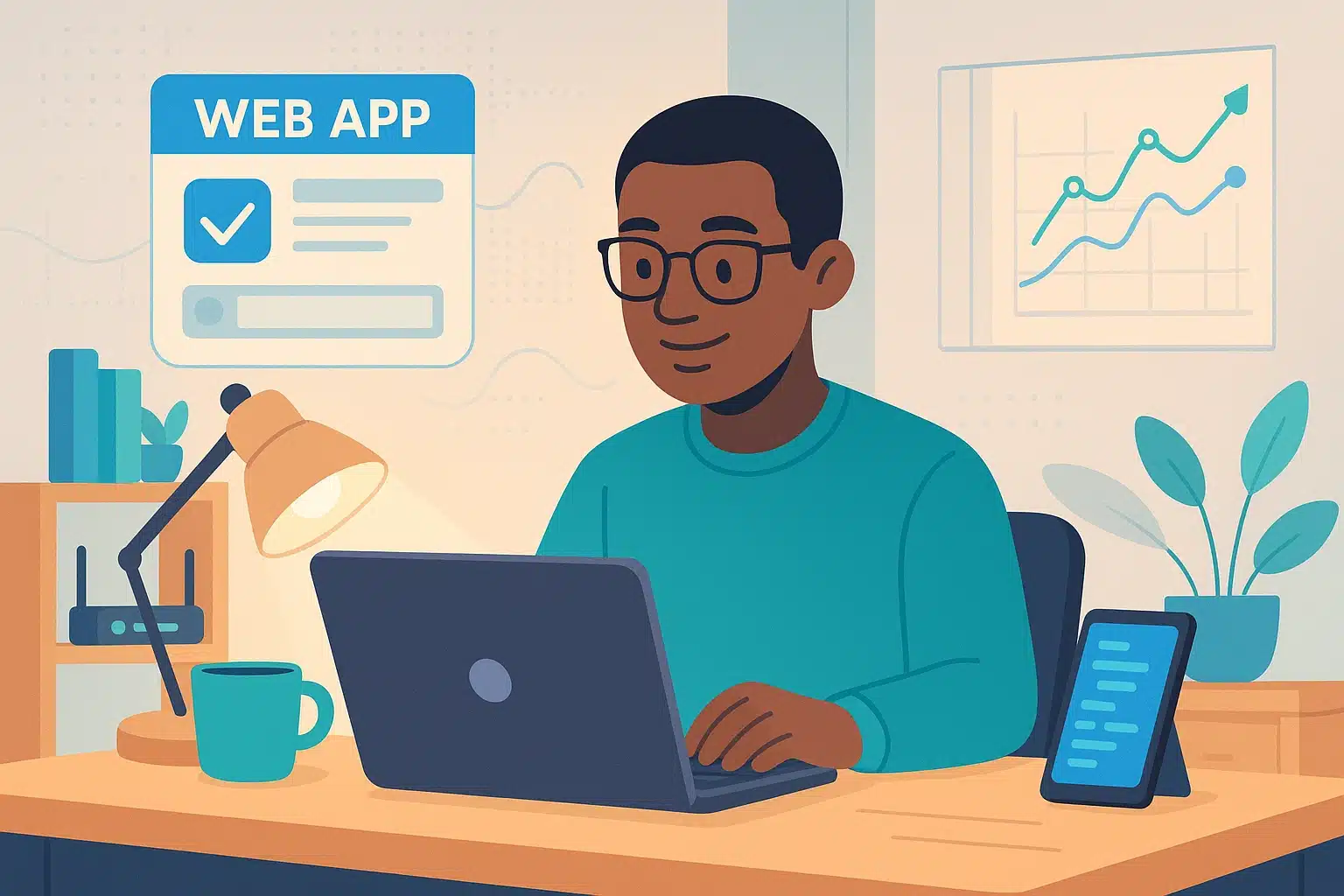
How to Gain Expertise in These Tools?
Fortunately, there’s no need to return to school or earn an engineering degree to master No Code. The real secret is practice. Experiment, tinker, explore, and refine. Platforms like Glide, Bubble, and Make often offer tutorials. There are vibrant communities on Reddit, Discord, and Slack. Websites like Makerpad, NoCode.tech, and Notion Everything provide project-focused, concrete resources.
However, to progress and transform attempts into solid skills, a structured training program that combines teaching, hands-on exercises, and support is often beneficial. Just like what DataScientest provides!
Conclusion: No Code Applications, a Digital World Revolution
No Code is shifting the traditional digital landscape. It enables the creation of powerful, useful, and sometimes astonishing applications… without any coding. Yet it demands reflection, strategy, and precision. When used wisely, it acts as an innovation accelerator, an empowerment tool, and a bridge between business and tech.
To explore the realm of No Code applications, consider DataScientest. Our platform offers several certified courses to further your mastery of these new digital tools. The artificial intelligence courses teach you to leverage generative AI, computer vision, NLP… through practical projects. A robust foundation for incorporating AI into your future No Code endeavors.
Our software development-oriented courses also enable you to get acquainted with creating No Code applications and discover the best tools. Thanks to project-oriented pedagogy and fully online format, you’ll acquire concrete skills directly applicable to your ideas, MVPs, or business projects. All this in bootcamp, continuous, or alternating formats, with financing options via CPF or France Travail. Start your journey with DataScientest!
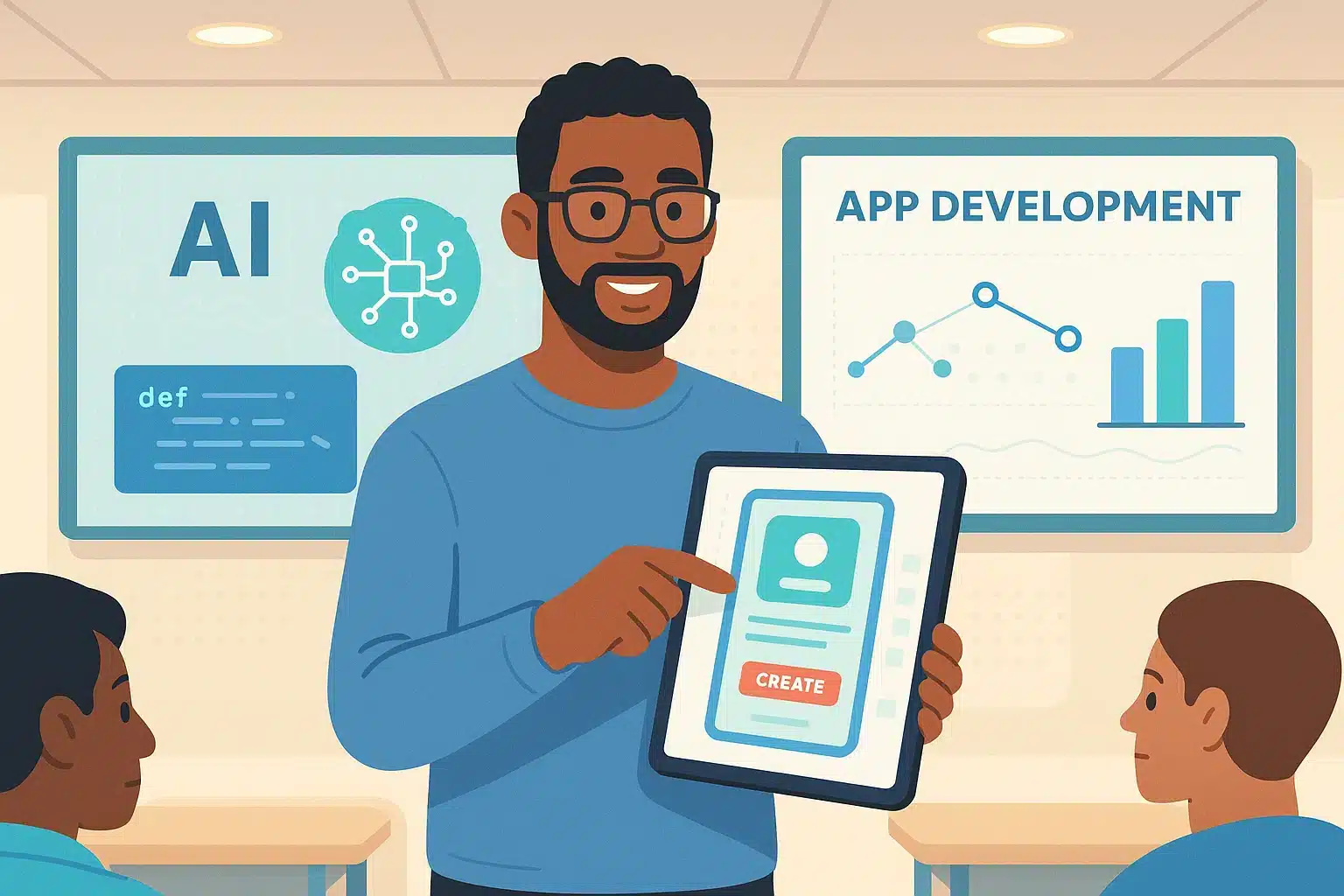
Now you know all about No Code applications. For more insights on this topic, check out our full article on Bubble and our dedicated piece on Zapier.

